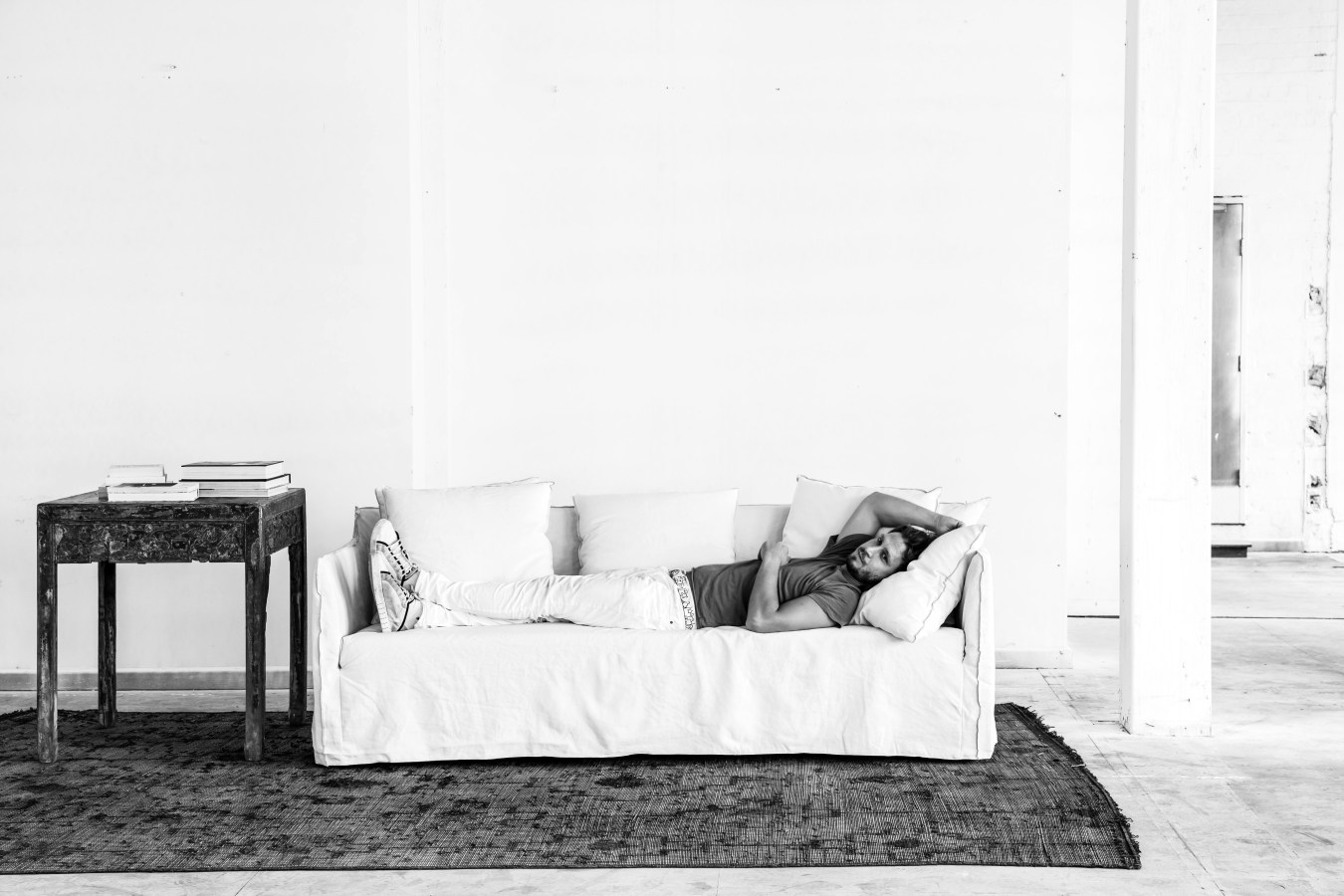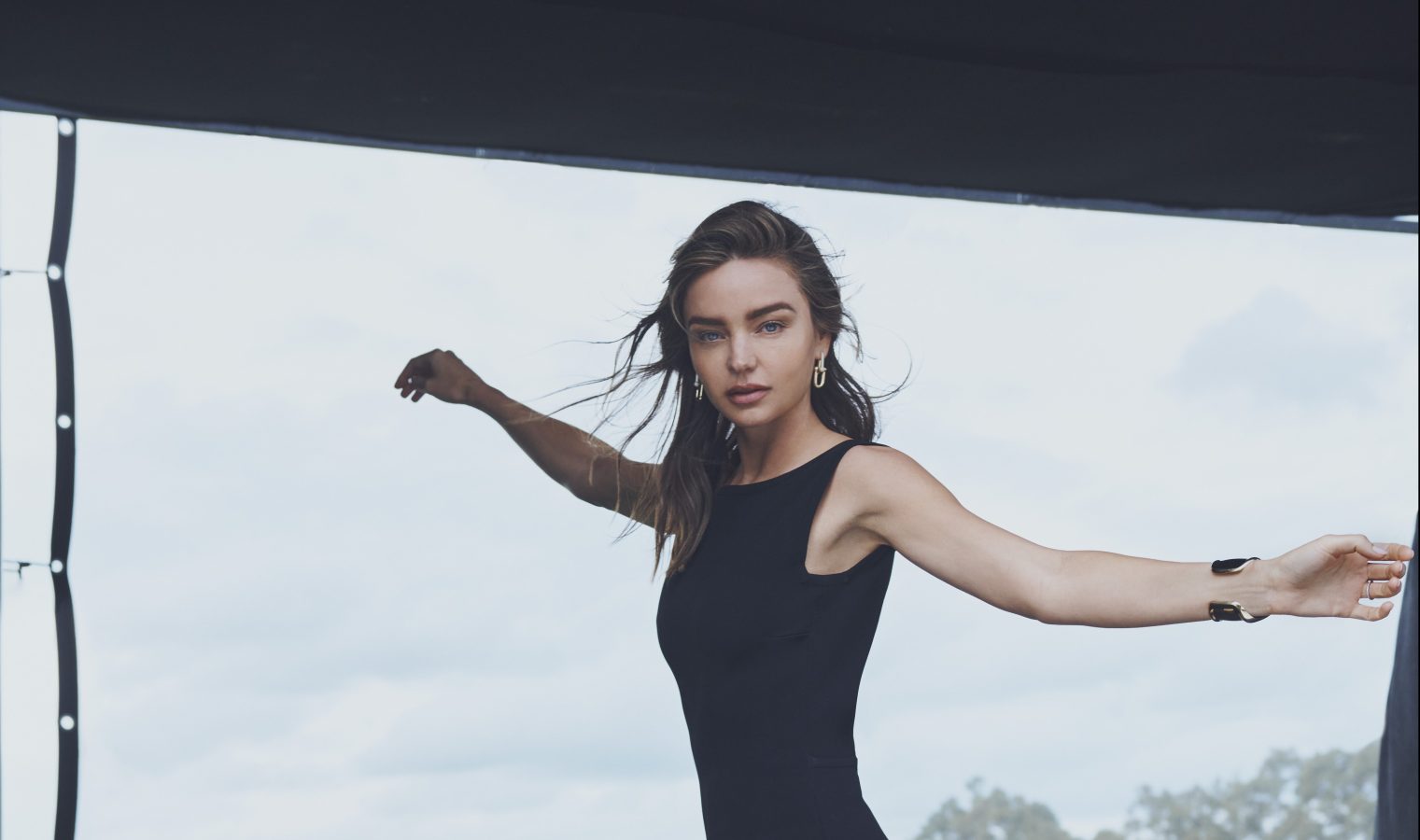From coastal Queensland to global runways, Lucy Henry-Hicks has transformed her family’s boutique, DISSH, into a $150 million fashion empire.
This story is featured in Issue 18 of Forbes Australia. Tap here to secure your copy.
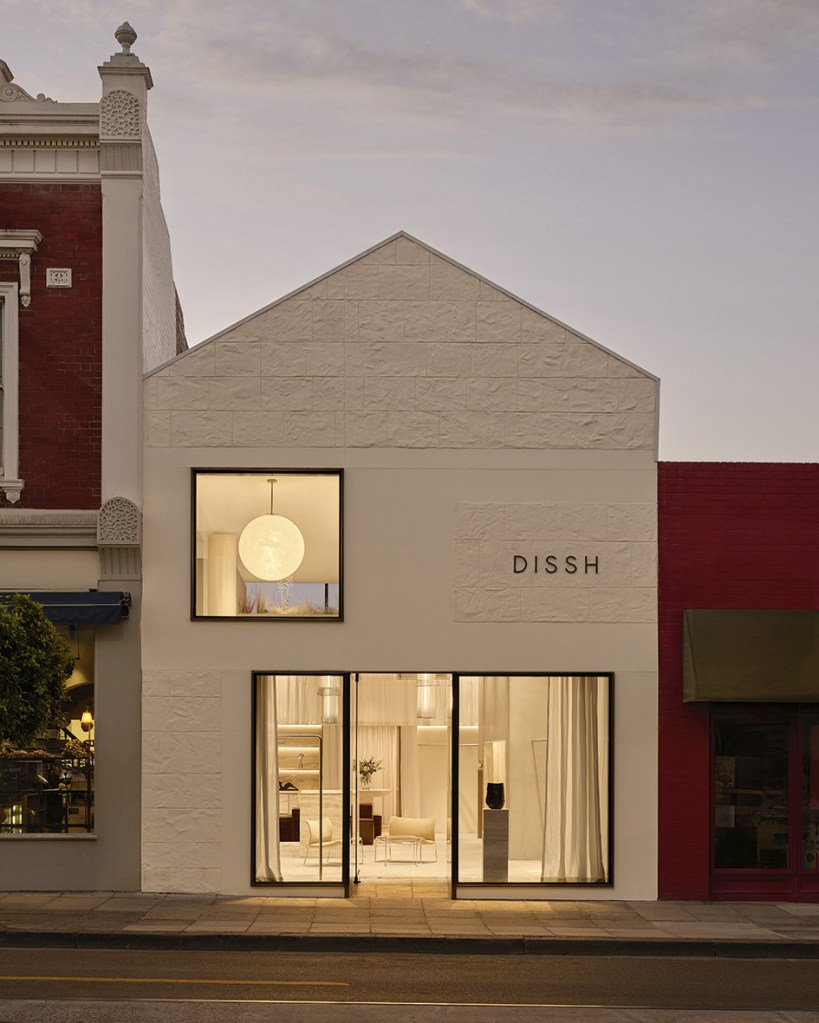
“I’m an Aries,” Lucy Henry-Hicks says matter-of-factly, offering it as part-explanation for the ambition that’s followed her since childhood. She says the traits of the zodiac emerged early, and by her 30s, had propelled her from a headstrong kid into the driving force behind DISSH – a once family-run fashion label she’s transformed into a $150 million global business.
“I was strong-willed,” Henry-Hicks says. “I demonstrated an interest in retail and fashion early on. I remember being eight or nine years old and caring deeply about what I wore. I had very strong opinions.”
Born to Australian retail hall-of-famers – she’s the daughter of Maree Henry, who founded fashion brand Stiletto in the 70s and later multi-brand retailer DISSH, and Melville Hicks, the co-founder of beachwear juggernaut City Beach, which launched in 1985. Henry-Hicks grew up on sunny shores between Brisbane and the Gold Coast, spliced with some buyers’ trips to the United States and the United Kingdom to suss out products for her parents’ respective businesses.
(Today, she and husband Mitchell Lau live on the Gold Coast with their two children, and the pair are behind the city’s largest single residential transaction, buying a 1,525-sqm site in Palm Beach for $40 million with the intention to build two homes).
Her father’s gig was particularly successful – today, it operates 65 stores across Australia, as well as an online e-commerce store. Reports estimate the company’s annual revenue is $342.3 million. That checks out, as Henry-Hicks says, City Beach is roughly double (and then some) the size of DISSH.
But despite the obvious “in” to the fashion world, the entrepreneur says she fought her fate throughout her early 20s.
“I’m very independent, and so I think I felt in a lot of ways that [joining the family business] was a bit of a cop-out,” she says. “I wanted to find my own path and make sure I’d explored other avenues.” After completing her business and economics degree, taking on a backpacking trip overseas, and a stint in the financial services industry, Henry-Hicks joined the ranks at DISSH as a buyer in 2006.
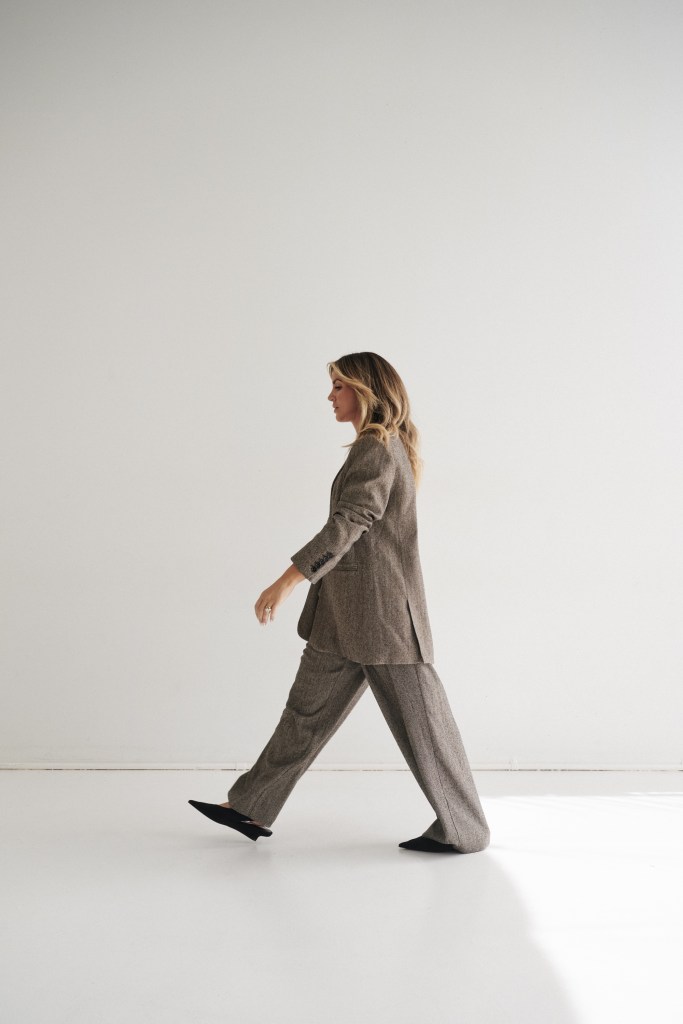
At that point, the retailer was five years old (it had opened its first store on the Gold Coast in 2001) and stocked quintessential Australian 2000s brands, such as One Teaspoon, Sass & Bide, Maurie & Eve, and Mink Pink.
“It was pre-dot-com, so you bought a selection of other brands and presented a curated mix to the customer,” she says. “That was my mum’s vision. It’s what she liked then and what resonated with her, and it was hugely successful from a financial perspective. But back then, as a retailer, it was less about being a brand yourself and more about housing a mix of brands.”
That was never Henry-Hicks’ MO. She spent years quietly observing the ins and outs of the industry, working alongside her mum, meeting brand representatives around the world, and orienting herself in the industry, building a mental portfolio of what it was lacking. By 2011, the fashion industry reached a major turning point with the advent of e-commerce and the shift to online platforms, and social media apps suddenly became a leading digital marketing channel.
“We come from a consumer perspective, where if we can afford to create a product that pays the bills and has X margin on it, then we will deliver it at that price. Why should a leather jacket be $1,000 if it doesn’t have to be?”
Lucy Henry-Hicks, DISSH CEO
Henry-Hicks stepped into the role of general manager to lead the business as it entered this period of change, but she knew the current model wasn’t sustainable. Margins for wholesalers were 55% at the time, but Henry-Hicks knew they could be much higher for a vertical business model.
“That was when the changing of the guard [at DISSH] really happened,” she adds. “She [Maree] didn’t have an interest in learning how to build a website, shoot product or market on Facebook. But if the business was to continue to be competitive, that was what was required.” Though she adds, “My drivers were less financial and more about wanting creative control over whatever business I was leading.”
In 2020, she assumed the role of managing director, officially succeeding Henry and marking a new era for the brand. It would no longer be a multi-brand retailer, but a vertical operation. DISSH would retain the same solid infrastructure (warehouses, office locations, distribution centres) and staff. Still, it would become its own fashion label, focusing on linens, cottons, neutral tones and a ‘capsule wardrobe’-kind-of vibe.
“I’d probably done enough observing and learning, and I was very keen to put my vision out to the world,” Henry-Hicks says.
It sounds like a seamless transition, but Henry-Hicks says it took years of tough conversations between a mother and daughter, who also happened to be business partners, to get there.
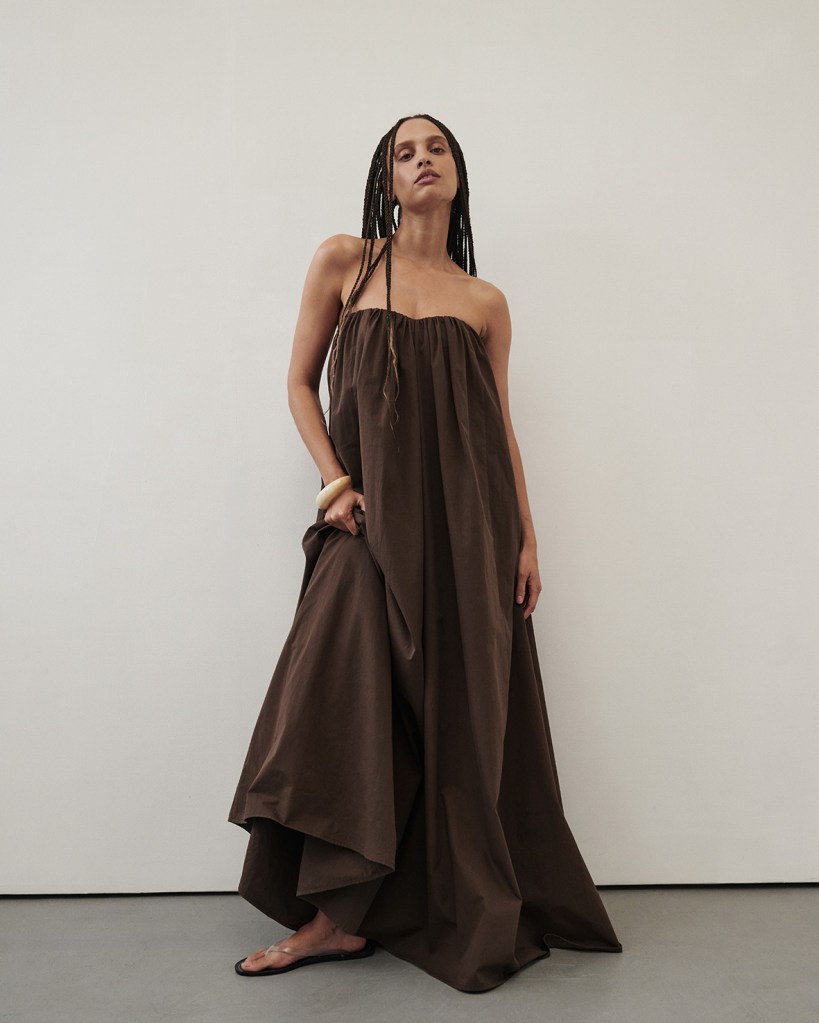
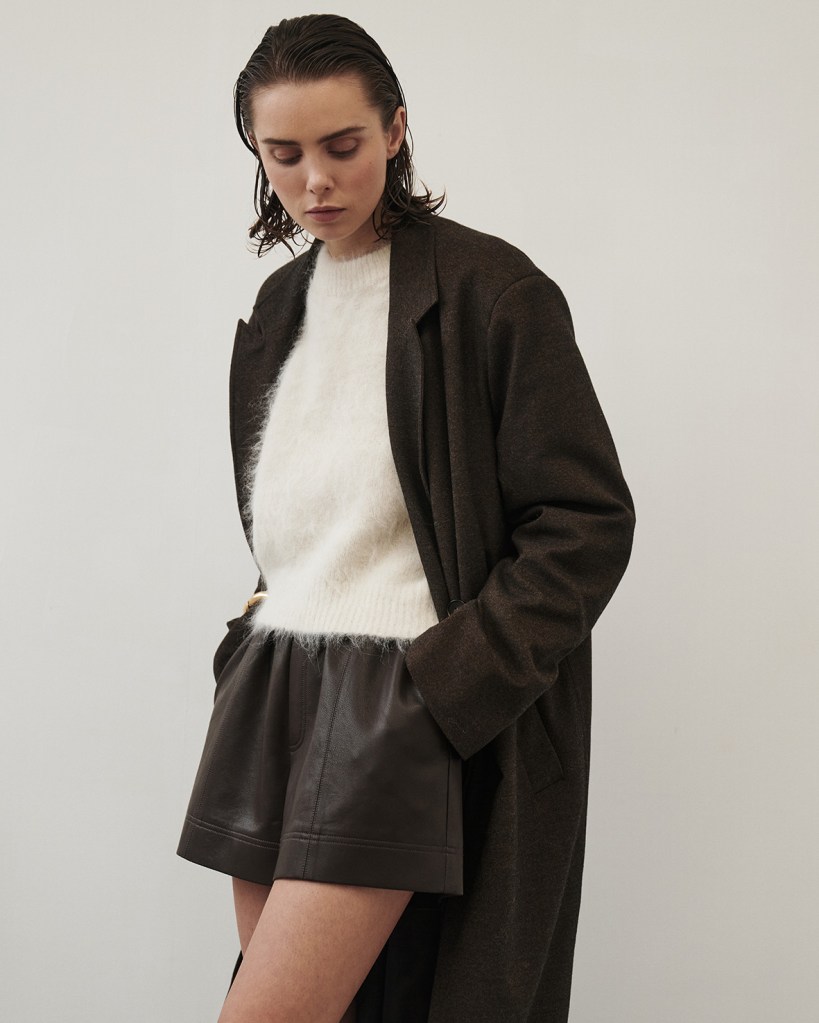
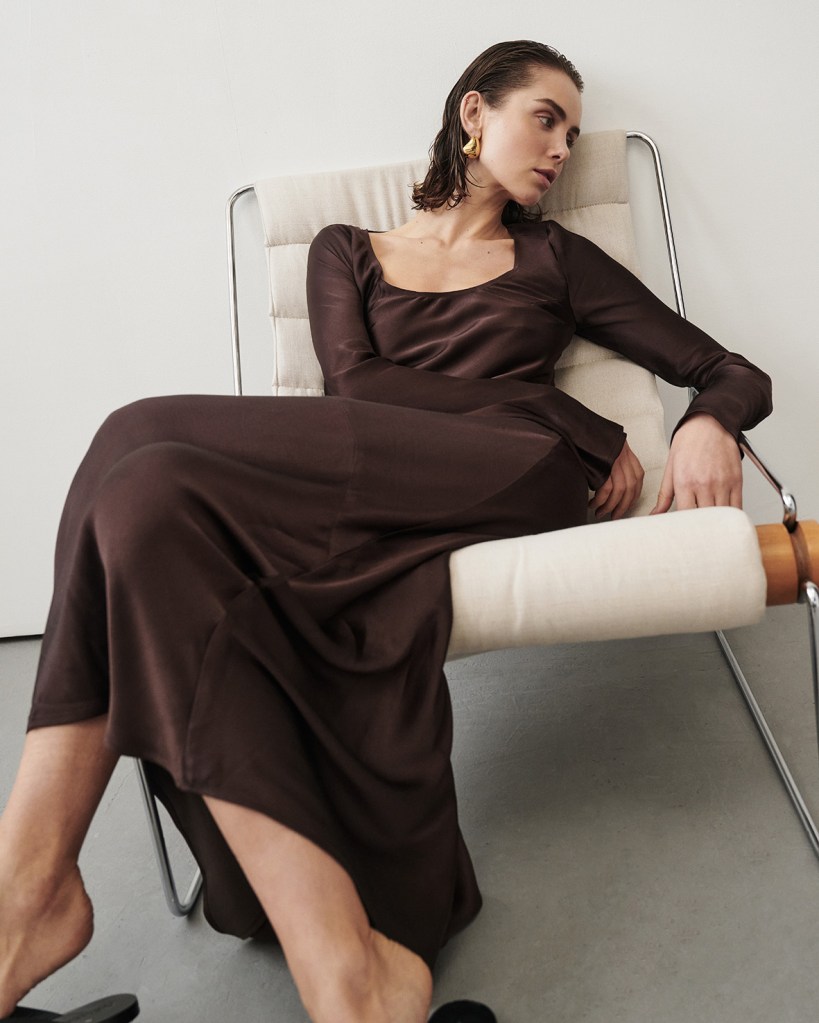
“Initially, the conversation was that I was going to start another brand, but at the same time, mum also felt that maybe her time in the industry was coming to an end,” she says.
“That was hard. And there was a lot of tension, and it’s important to acknowledge that, too, because we have gone through some trying times together. But it created a strong foundation for our relationship and a depth to it. We can just say it how it is to each other, and that’s a beautiful thing. But at the time, of course, it was hard.”
With the creative direction of the brand sitting squarely in her camp, Henry-Hicks began DISSH’s transformation and kept the stakes low: “I was designing for myself. What did I want to wear? Why did I want to wear it? Why can’t I find it already? I had the philosophy at the time that if it wasn’t for everyone, that was okay. It was my job, purpose and responsibility to express my most authentic version of myself creatively, and if that wins the hearts of consumers, then great. But I wasn’t too concerned if it resonated. I was more concerned with being true to myself.”
With a summer-all-the-time aesthetic, the rebrand knocked it out of the park. She largely credits DISSH’s success to its strong value proposition. The products (generally) come with $200-or-less price tags. She says it’s affordable, compared to many other Australian labels.
“There’s this idea in fashion – it’s sort of egotistical – where if I’m expensive, it puts me in a certain brand-tier, or that price determines strength of brand. I just don’t buy into that. I don’t mind where people perceive us. We come from a consumer perspective, where if we can afford to create a product that pays the bills and has X margin on it, then we will deliver it at that price. Why should a leather jacket be $1,000 if it doesn’t have to be?”
The boss says they’re able to keep prices low due to DISSH’s lean operational abilities – they’ve stuck to dispatching all global orders out of their own distribution centre in Brisbane (which she says is ten-times more cost effective than bringing on third-party logistics providers) and try to outsource as little as possible. If they’re not experts in something yet, they’ll upskill internally to save costs. Henry-Hicks is the pudding’s proof: she’s completely self-taught when it comes to design.
“I was sewing at eight and creating belts and selling them at the markets. I’m not trained, but I was always tactile, and always good at understanding how patterns come together and fabrication. I still do that now,” she says.
“Tariffs were massive for us… there’s just the sense of volatility in global markets and our exposure to that now being a global brand. It’s just a reminder that this is our new normal, and we need to be responsive to these changes as they arise.”
Lucy Henry-Hicks, DISSH CEO
But the success of the business has also coincided with a change in consumer behaviour. Nowadays, Henry-Hicks says consumers are aware of fabric compositions and origins, and they’re also more conscious of how much they’re buying, if they’re contributing to the global fast-fashion waste nightmare, and if their Monday-to-Friday outfit can be recycled for a weekend soirée.
“We have a lot of essentials in our range because of that, and they’re very versatile pieces. We have our greatest success in those pieces that are timeless, that go season-to-season and can be styled in multiple ways.”
DISSH is on track to post $150 million in revenue this year and has 14 domestic boutiques (and an online e-commerce store). It has also established a physical presence in the UK through Selfridges in London and recently launched online in the United Arab Emirates with premium retailer Ounass. This time last year, the company had 256 staff and today it has a headcount of 405 across the business, representing an increase of 58% (and 94% of staff are female).
In 2024, the brand took on its first major investment: $90 million from Brett Blundy of private investment firm BBRC (which has stakes in brands like Lovisa, Best & Less, Adairs, Bras N Things and Universal Store) in exchange for 40% of the business. That wasn’t for capital – DISSH was already profitable – it was for global growth guidance.
“We wanted to partner with people who had walked the path we were looking to walk,” she says. “There are a lot of reasons why Australian brands haven’t been able to become global brands – we’re disconnected climatically, culturally and there are so many layers – that’s why we felt it [the investment] was important.”
The Northern Hemisphere continues to present a huge opportunity for the local retailer, now amounting to 40% of the total business and growing year-on-year. A large portion of that is in the United States, where the company dug its claws into the market with its first bricks-and-mortar store in LA, California. However, a global approach comes with global risks, as seen with President Donald Trump’s tariff talks.
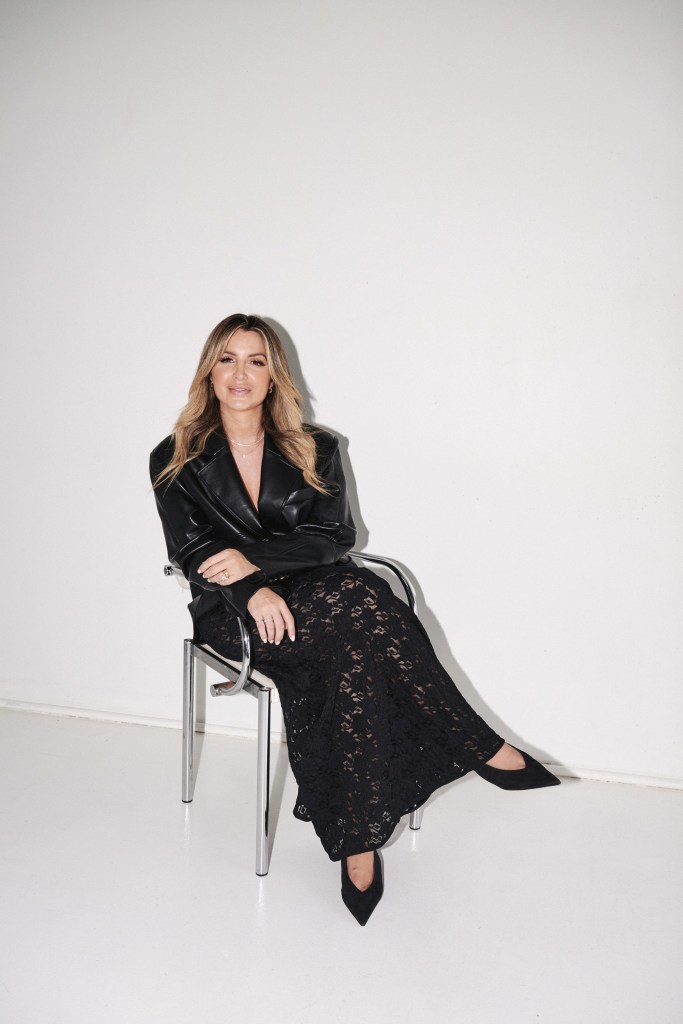
“Tariffs were massive for us,” Henry-Hicks says. “Nearly 35% of our business is US, so that was massive in terms of the twists and turns it presented. Also, there’s just the sense of volatility in global markets and our exposure to that now being a global brand. It’s just a reminder that this is our new normal, and we need to be responsive to these changes as they arise.”
Henry-Hicks says it’s why the business sought to expand throughout other key markets like the UK, UAE and Europe (particularly Italy, Spain and France) – more exposure means more diversification, and less eggs in the US-shaped basket. However, it’s a balancing act, as the US presents a significant opportunity for DISSH’s growth. So big, Henry-Hicks and her husband, Mitchell Lau, purchased a house over there to fuel the company’s growth expansion on the ground, and Lau left his construction firm, M2 Construct, to join DISSH as Group General Manager.
Henry-Hicks says DISSH will continue to build out its store network in Australia, though she says there are only three to five locations still to tap into (she flags early conversations with Adelaide’s redeveloping retail precinct, Burnside Village, as a potential).
Then there are the company’s ambitious global growth plans and her personal goal of increasing the business’s revenue by 10% each year.
“We want to be thoughtful about where, when and why, and make sure we build a business that has a long-term, sustainable growth strategy,” she says.
“What’s most important about this next phase is giving consumers who have met the brand, so-to-speak, online through Instagram or our website, an opportunity to immerse themselves in it in a physical way, whether that be through a wholesale partnership or pop-up. It’s about the physical and the digital coming together in those new markets.”
Look back on the week that was with hand-picked articles from Australia and around the world. Sign up to the Forbes Australia newsletter here or become a member here.

